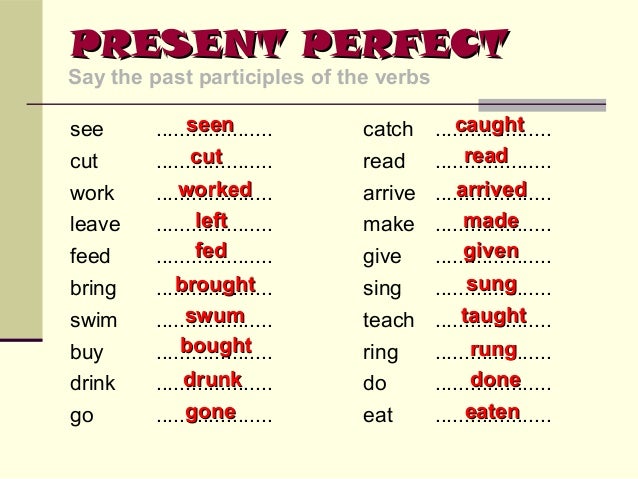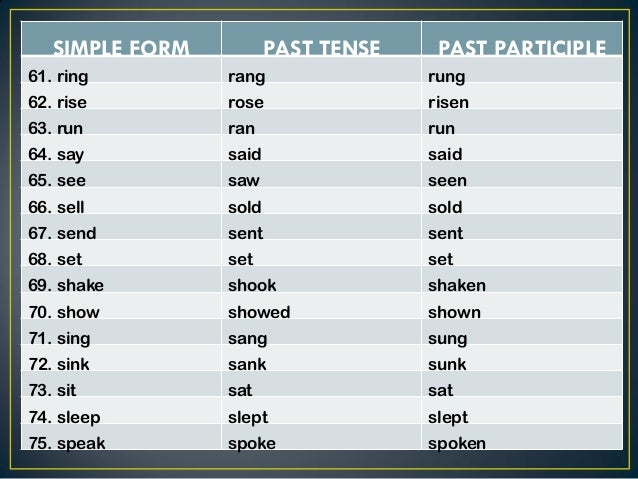

It is traceable to the 1780s, when a slang verb, "to ring," meant "to substitute one thing for another fraudulently and take the more valuable item," the Oxford English Dictionary says. A semi-professional bowler entered into an amateur tournament, for example, might be called a "ringer." The word is considered slang, and is mostly used in the United States. "I admit I had to look that term up," the student said later." I wasn't sure if it calling me a ringer was a compliment or an insult."Ĭompliment, but with a whiff of "you cheater!"Ī "ringer" in this sense is a substitute, often someone or something substituted in a competition, usually to gain an advantage. Voiceless sounds include p, t, k, f, s, ʃ, θ, tʃ."You must be a ringer," the journalism instructor told the student, who insisted that, though he had many years of experience in other jobs, he had never been a journalist.
THE PAST TENSE OF RING IS PLUS
Voiced sounds include all vowels plus b, d, g, v, z, ʒ, dʒ, ð, l, r, m, n, ŋ, j, w. In other cases, it depends on whether the verb in its basic form ends with a voiced or voiceless sound. If the base-form verb ends with T or D, the -ed ending is /ɪd/: The correct pronunciation of this ending depends on the last letter of the verb in its basic form. If a regular verb ends with the vowel E, which is not pronounced, such as LIKE and CARE, we only add the final consonant -d to form the past:Ī common mistake for students is to mispronounce the ending -ed. If these verbs end with a consonant (in our example P) and there is a vowel before it (in our example O), the consonant is doubled: The monosyllabic regular verbs include, for example, to mop. If there is a vowel before the end -y, the change does not occur:ĭuplication of consonants with monosyllabic verbs

If a regular verb ends with -y and there is a consonant in front of it, the past form is softened:

The second part of the sentence when he arrived determines what happened.



 0 kommentar(er)
0 kommentar(er)
